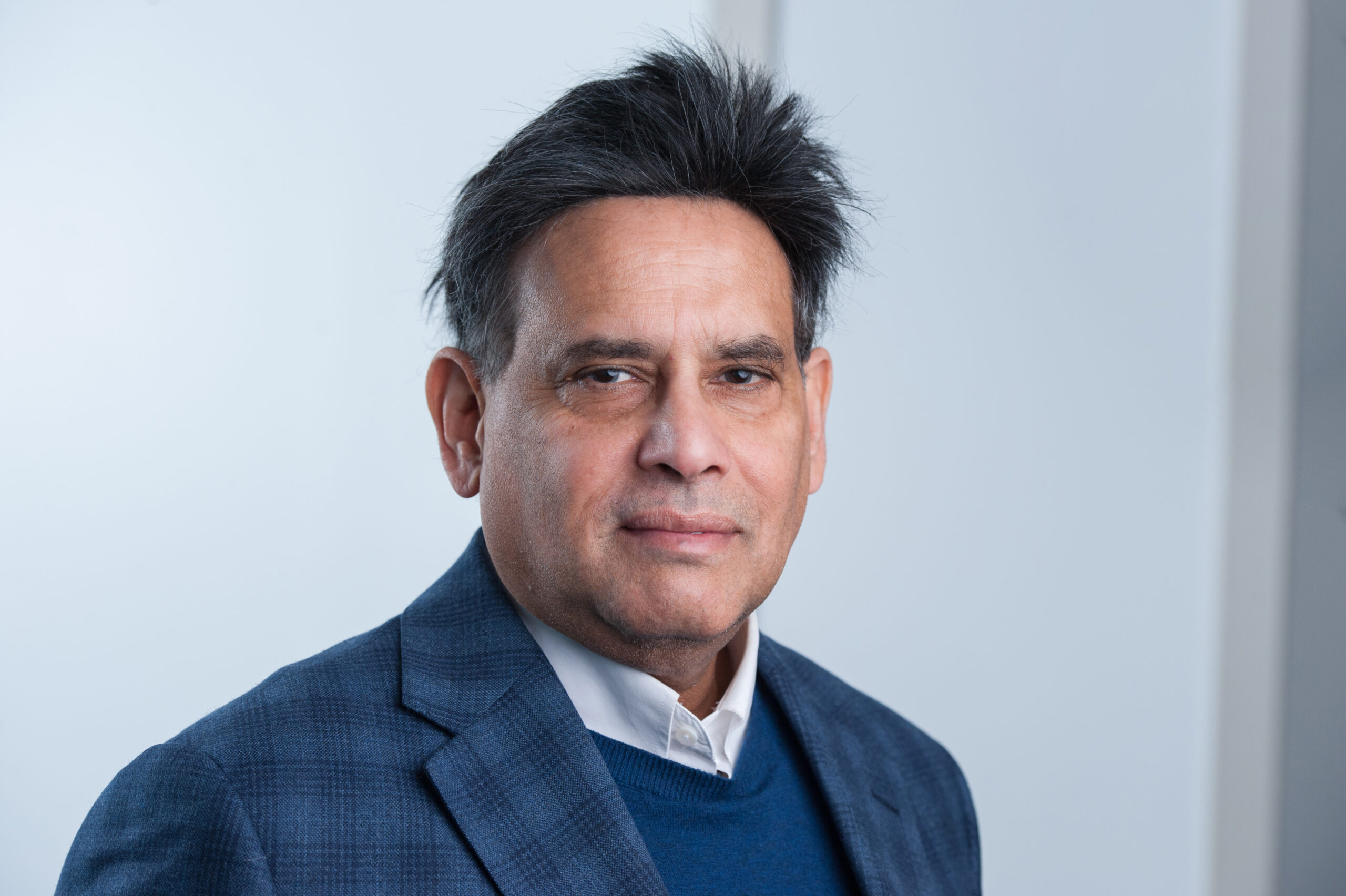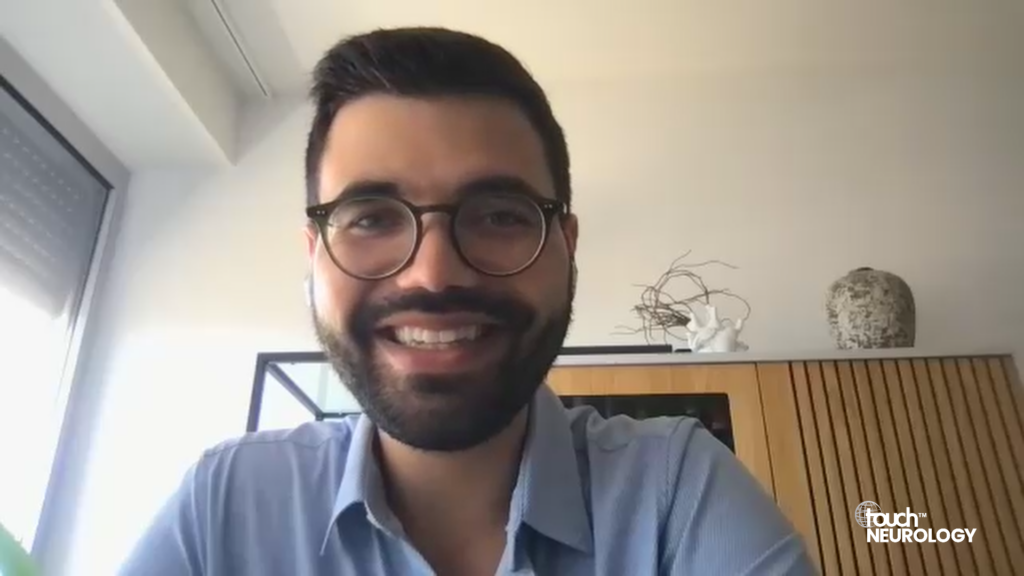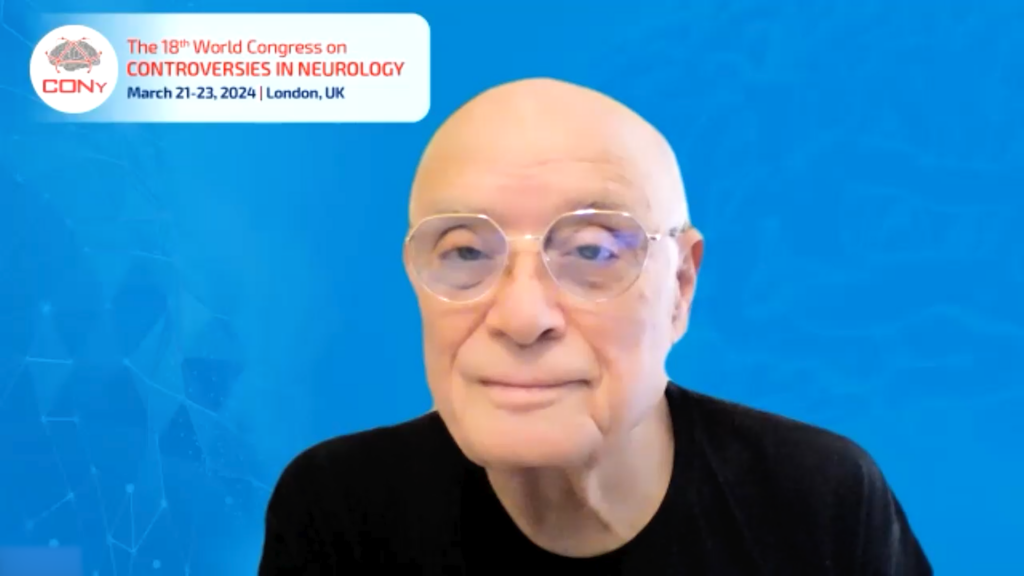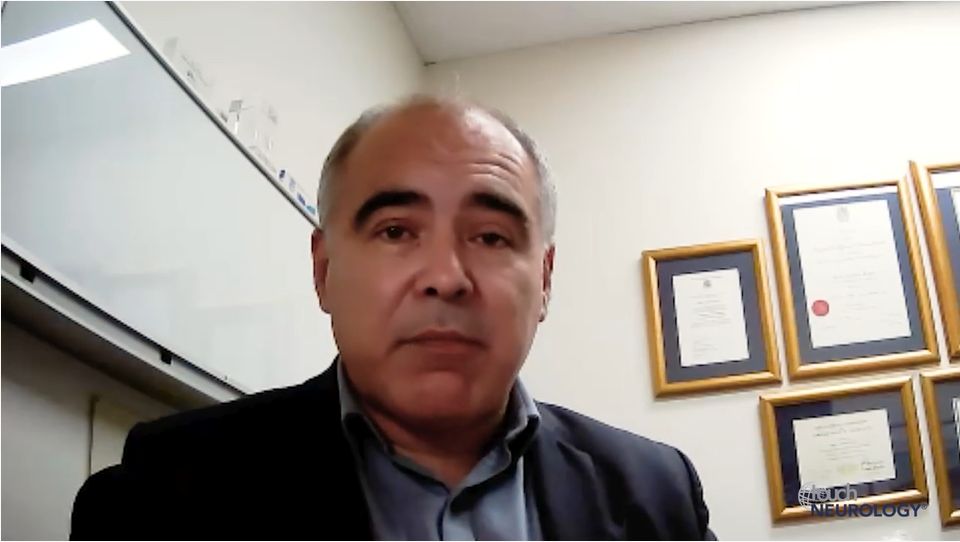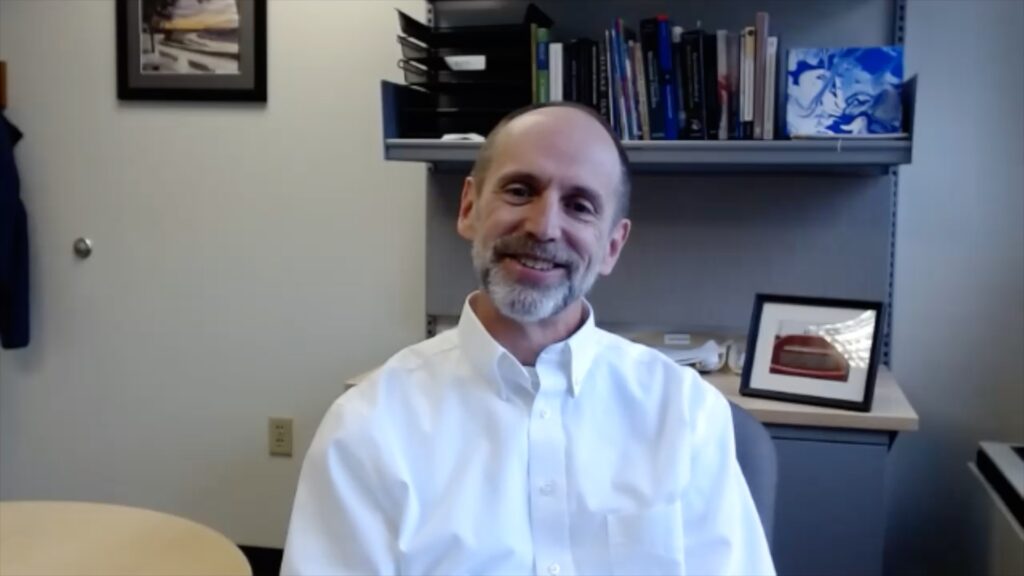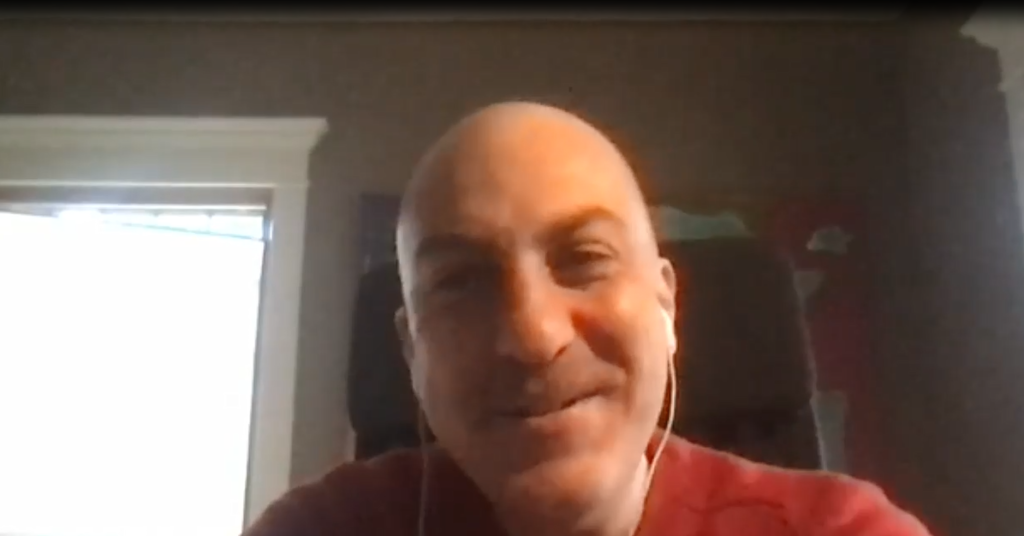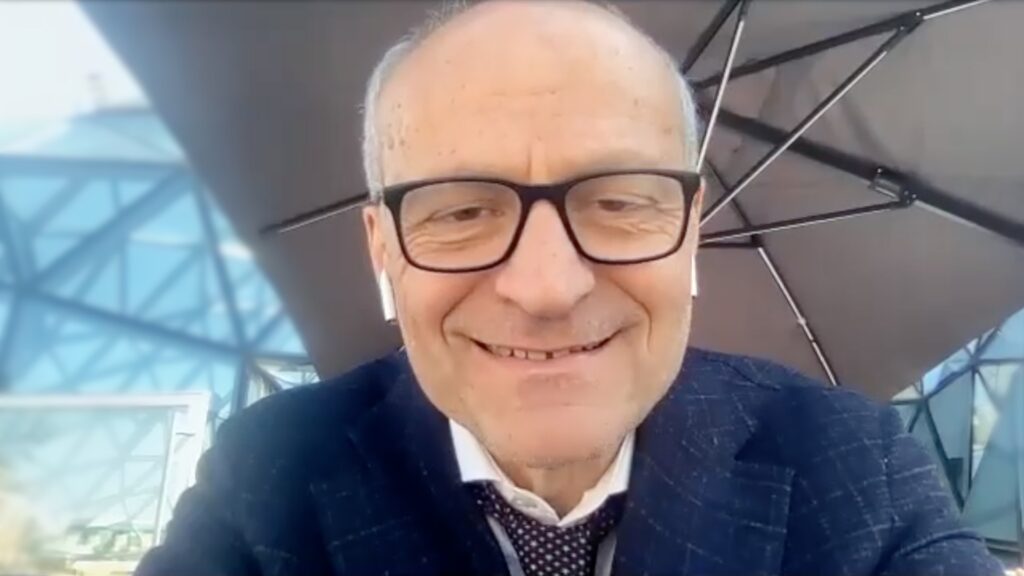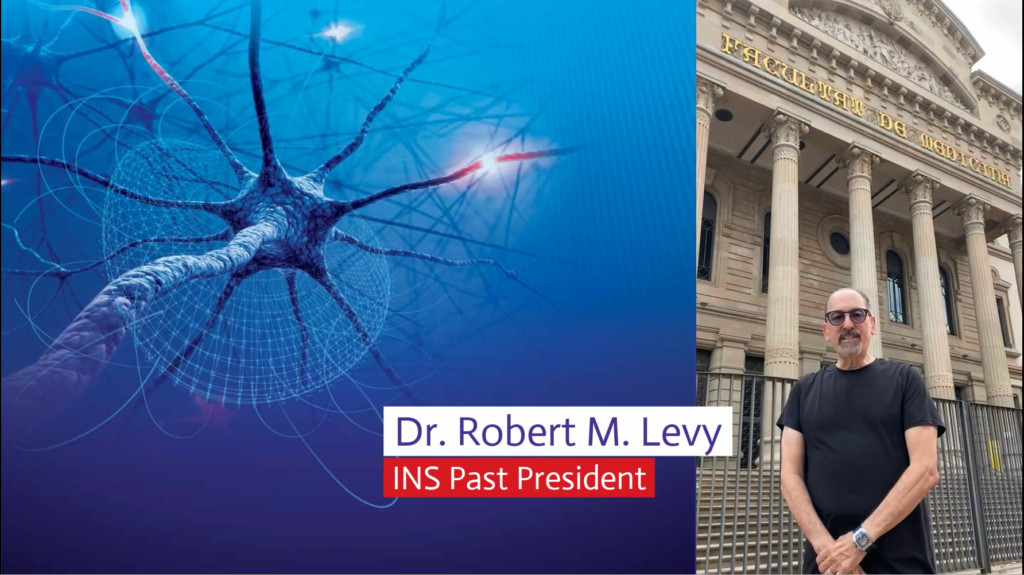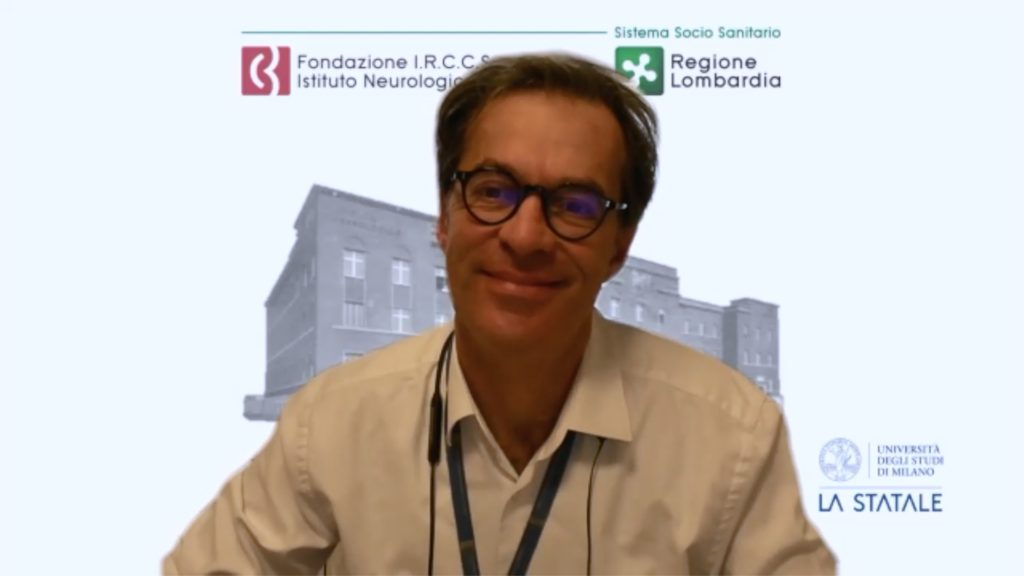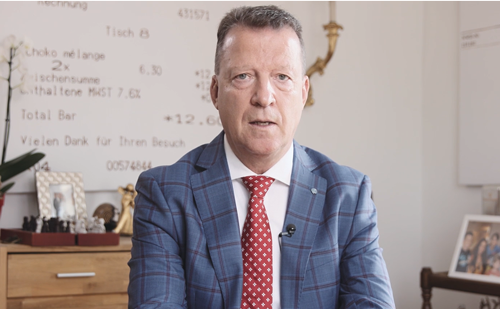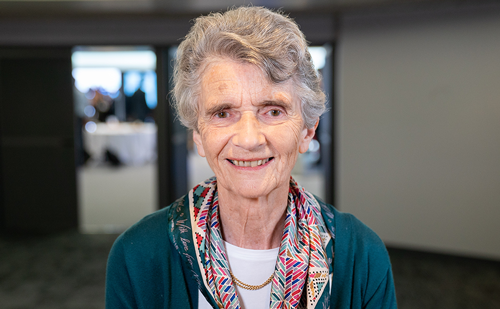Alberto Albanese discusses the current unmet needs in dystonia and spasticity and the promising new treatments currently in development.
FILMED AT THE INTERNATIONAL CONGRESS OF PARKINSON’S DISEASE AND MOVEMENT DISORDERS (IPMDS), JUNE 2016
WHAT ARE THE CURRENT UNMET NEEDS IN THE TREATMENT OF DYSTONIA AND SPASTICITY?
00:10 – There are several unmet needs in the treatment of dystonia particularly, the first one being diagnostic criteria. We do not have solid diagnostic criteria and actually the Movement Disorder Society is developing new diagnostic criteria, particularly for cervical dystonia, which is the most common type of focal dystonia. This is very important because there should be agreement among all those who follow patients on how to make a diagnosis, which patients have to be included in studies and excluded from studies, and protocols. The second unmet need for dystonia is consensus on algorithms for treatment. There are several treatments, luckily, so we have many treatment options but we don’t know exactly how to put them in order, one after the other, one aside the order. We use Botulinum toxin and the practice of Botulinum toxin is changing. Now with ultrasound we are injecting deeper muscles, muscles that were not reached originally using inspection techniques. So our practice is changing. We have to put this changing practice into new algorithms of treatment which take into account all the possible options. And this is all new, this is changing in front of us and we have to be ready for a new approach in patients with dystonia particularly.
WHAT ARE THE MOST PROMISING NEW DEVELOPMENTS IN THE TREATMENT OF DYSTONIA?
01:37 – I think the new developments for the treatment of dystonia that are coming out are of course a better practice with Botulinum toxin. We have to diffuse the use of combined approach with EMG and ultrasound. We need to treat patients with the best available practice. So we are out of the pioneering phase when people or doctors were injecting patients just based on simple criteria. We have more complex criteria now to implement. And this is very important because we have to agree on what do we mean by patients who do not respond well, because there are options which are more invasive such as deep brain stimulation which is a very good option but we have to position it as a second line treatment after Botulinum toxin. But in order to do so, we need to be sure that we do our best practice to patients so those who do not go well are really those for which we have tried all the possible alternatives, Botulinum toxin strategies for injection and then this can be addressed to deep brain stimulation. Another important treatment for dystonia is rehabilitation. Rehabilitation has two facets. One is just traditional rehabilitation techniques which increase range of motion, which stretch muscles, which reduce over contraction of muscles that are hyperactive. Another option with rehabilitation is trying to re-programme the way the brain sees the body into space, the way we position different body parts in the visual-spatial environment. And this new approach with rehabilitation is very innovative and fits very nicely with other treatments such as Botulinum toxin. We now treat all patients at the same time with Botulinum toxin and rehabilitation techniques, trying to teach them again how to move in the three-dimensional space. And this makes…provides very important improvements in patients particularly with cervical dystonia. These people have their head tilted and moving involuntarily for years. And it’s not immediate that we treat them with any treatment, Botulinum toxin or deep brain stimulation, and we cannot expect them to regain their normal functioning without the help of an expert rehabilitation approach.
CAN YOU TELL US A LITTLE ABOUT THE USE OF DEEP BRAIN STIMULATION IN MOVEMENT DISORDERS?
04:11 – Deep brain stimulation is very useful both for hypokinetic disorders and for hyperkinetic disorders. So movement disorders of different kinds respond well to deep brain stimulation. We traditionally address different targets. We use different targets for different disorders. There are discussions on which are the ideal targets and how we can improve the technique. But deep brain stimulation is really established as a treatment option for these patients. In most cases, it is a second line treatment option after medications. But in some particular disorders where we have no medications, some types of dystonia or some particular cases of genetic origin, deep brain stimulation can be the first line of treatment. We are also trying to understand which are, particularly in genetic disorders that do not respond well to deep brain stimulation, there are very few, but it’s interesting to know that in some cases this is not indicated. In the majority of patients with hypokinetic and hyperkinetic disorders, we can improve the symptoms. There is no evidence at the moment that deep brain stimulation can change the disease course, but this is also under study in some of the hyperkinetic disorders and it’s a very interesting possibility to be explored for the future.

